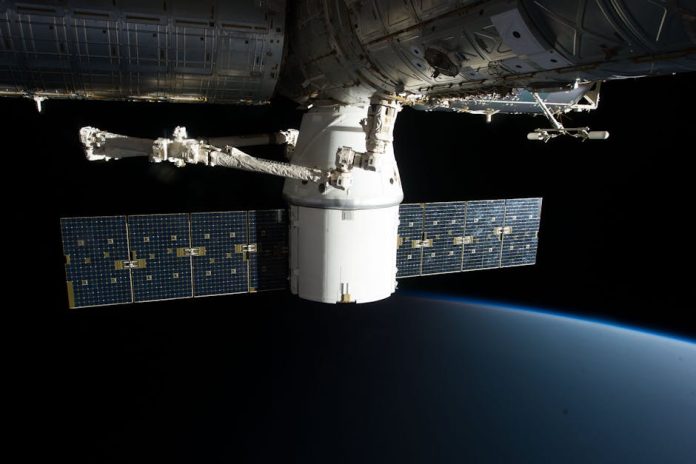
In a move that’s raising eyebrows across industries and potentially impacting everything from agriculture to emergency response, the U.S. Department of Defense (DoD) has announced it will cease providing crucial satellite weather data. This decision, a significant shift from decades of practice, is poised to create ripples far beyond the military itself.
For years, the DoD’s weather satellites have been a vital source of information for a wide array of civilian applications. Farmers have relied on this data to optimize planting and harvesting cycles, predict crop yields, and manage irrigation. Meteorologists have used it to refine weather forecasts, providing essential warnings for severe weather events like hurricanes, tornadoes, and blizzards. Aviation and maritime industries have depended on it for safe navigation and route planning. Even everyday citizens benefit, often unknowingly, from the accuracy and breadth of information derived from these government-funded assets.
The implications of this cut-off are far-reaching. Without this readily available and often more granular data, civilian weather services and private companies may face increased costs and challenges in their forecasting efforts. This could translate to less accurate predictions, potentially leading to greater financial losses for businesses, increased risk for individuals in affected areas, and a diminished capacity to prepare for and respond to natural disasters.
While the specific reasons for the DoD’s decision are still being fully clarified, it’s understood to be part of a broader reevaluation of its services and operational priorities. However, the vacuum left by this data stream will need to be filled. Experts are already discussing potential solutions, including increased investment in civilian weather satellite programs, fostering greater collaboration between government agencies and private weather companies, and exploring innovative data-sharing agreements.
The coming months will be critical as the nation grapples with this change. Understanding the impact of this decision is the first step in preparing for a future where our access to vital weather intelligence might look very different. Stay tuned for more updates as this story develops and we explore the evolving landscape of weather data availability.

